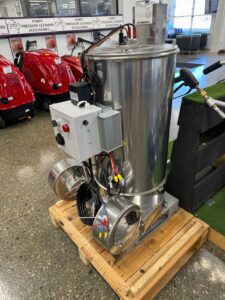
Introducing the Revolutionary Diesel-Powered Hot Water Boiler System from Pumps Australia
In the realm of high-pressure water systems, Pumps Australia is making waves with its latest innovation: the 40lpm HP Hot Water Diesel Fired Boiler. This
When using your high pressure water jetting system, it’s important to consider the health and safety steps needed in order to avoid unnecessary risks and hazards. Accidents can happen anywhere and anytime, especially when high pressure systems are involved. If you’ve completed your certification in WHS Workplace Training then you will know exactly how easy accidents can happen if the correct procedure isn’t followed. Here, we walk you through water jetting health and safety requirements to prepare you for your water jetting job.
Note: this is only a guide and it’s recommended you complete any necessary training for your job and read the instructions of your equipment. All instructions are included upon purchase.

High pressure water jetting systems deliver a pressurised stream of water that is fantastic to unblock commercial and municipal sewers and drain pipes. Water jetting systems are also a great choice for removing materials, coatings, contaminants and debris from various surfaces. Due to the high pressure of the water jetting system, they are the first choice for difficult jobs dealing with sludge, grease and blockages.
Due to the high pressure of water jetting systems, safety measures need to be put in place to take care of yourself, your team and the environment. The high pressure does hold the capabilities to pierce skin or cause damage to surroundings. Take note of the below safety requirements to ensure responsible use of the equipment.
Follow these steps to ensure your high pressure cleaning job is performed responsibly:
If a proper risk assessment has been carried out, then the possibility of incidents occurring are unlikely. However, to give you a full understanding of what could occur, here we’ve listed possible risks that could take place:
Regardless of whether you assess your job as safe or unsafe, you should always have personal protective equipment (PPE). PPE isn’t replacing safety measures or excusing hazards but it’s an additional resource to increase the safety of the job. PPE varies from protective eyewear, hearing protection, helmets, sufficient protective clothing, high visibility clothing and safety signs.
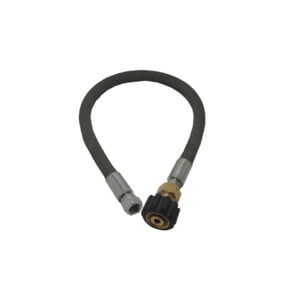
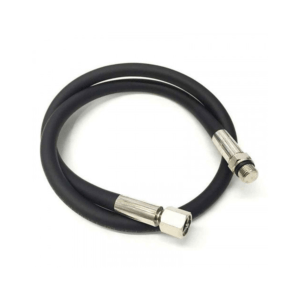
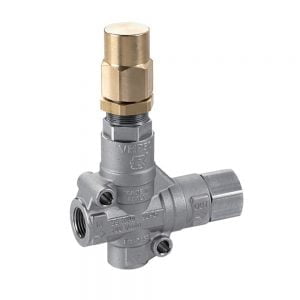
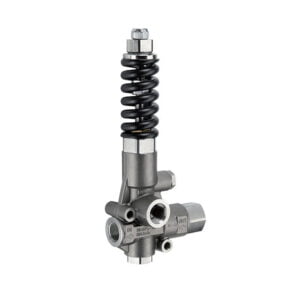
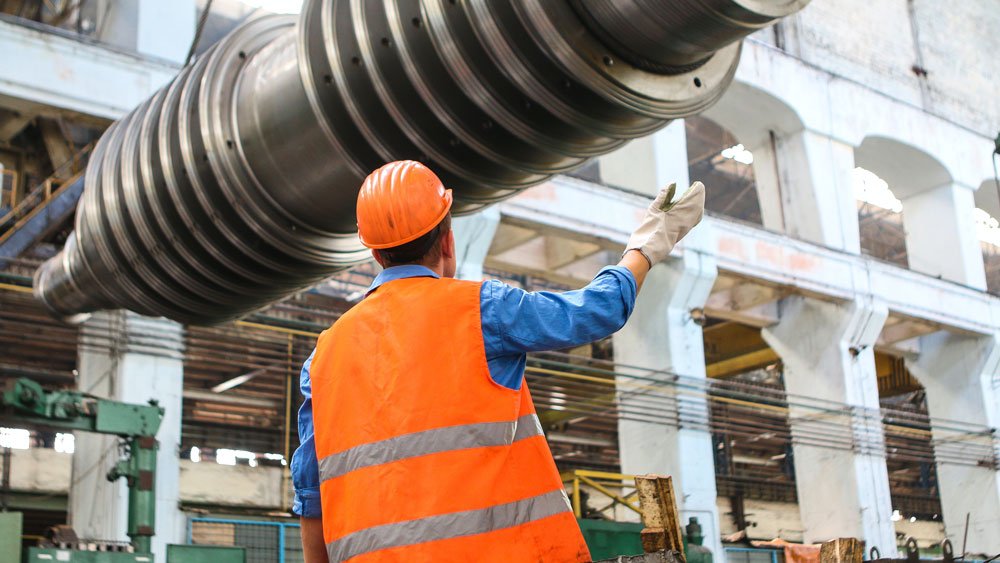

In the realm of high-pressure water systems, Pumps Australia is making waves with its latest innovation: the 40lpm HP Hot Water Diesel Fired Boiler. This

Here in the heart of Western Australia, we understand the critical importance of efficient and reliable fire protection systems, especially in our vast and rugged

In the world of outdoor cleaning, the introduction of remote start pressure washers has sparked a revolution, combining cutting-edge technology with efficiency and convenience. Partnering
"*" indicates required fields
Copyright © 2023 Pumps Australia Pty Ltd. All rights reserved. Sitemap.
Web Design by Cloud Cartel